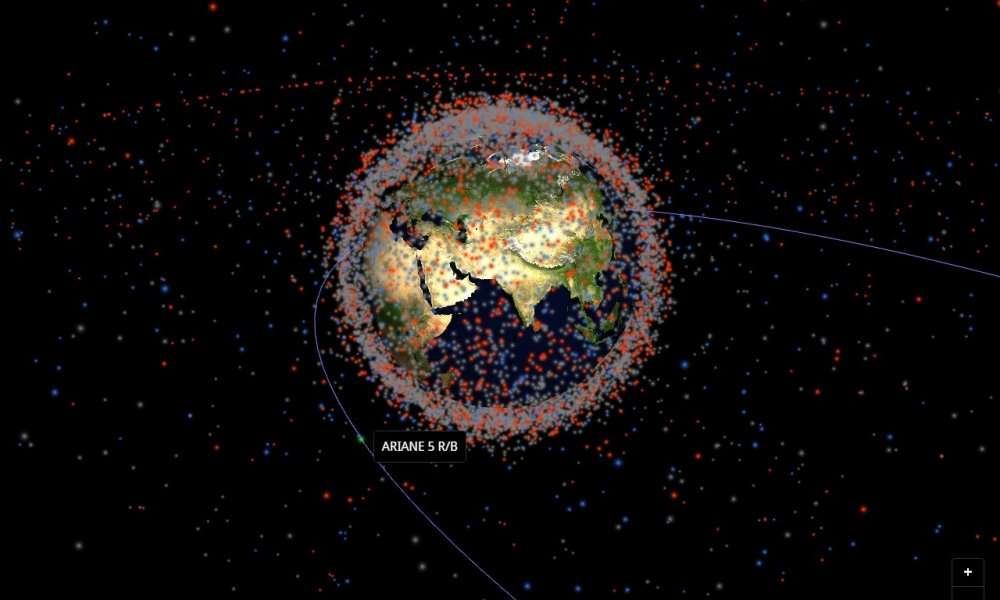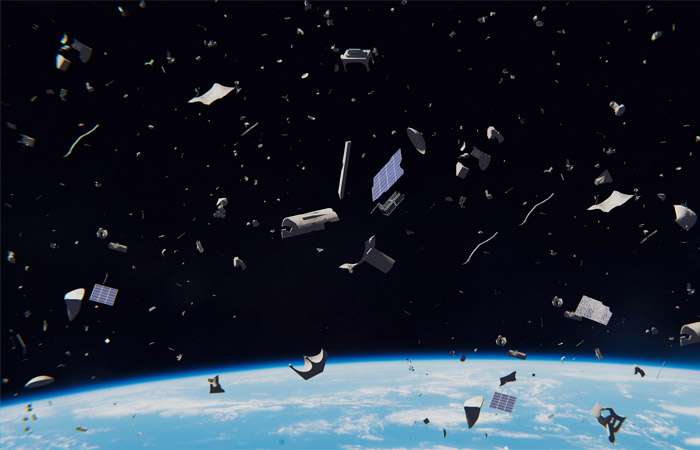A Japanese startup has decided to clean up space a bit and launch a device to clean up space debris. Scientists have already delivered their device to Baikonur to send the device into space with the Soyuz spacecraft in March. By the way, not only Japanese are concerned about the purity of the universe, because the problem of space debris is serious and can threaten all the inhabitants of Earth. What is space debris and how to deal with it – read the article “Izvestia”.
Space debris: What is this, Elon Musk!

Space exploration is not only a sequence of brilliant discoveries, but also its reverse and unsightly side – garbage. And there’s plenty of it out there. In 2019, the Russian Defense Ministry’s Air and Space Forces Research Center announced a rough figure: about 1.25 billion small space debris particles ranging in size from a millimeter to 10 centimeters orbit the Earth. Roskosmos spoke about 600-700 thousand objects, which threaten orbital vehicles. According to the British company RS Components, the number of debris in 2020 in orbit around the Earth is close to 30 thousand pieces (referring to the large specimens). This is the debris of satellites and ships (for example, the recently identified upper stage booster of the American rocket “Centaurus”), which never descended from the orbit and did not burn up in the Earth’s atmosphere. Small fragments can reach speeds of 7-8 to 10-15 km/s – more than 10 times faster than a bullet, which can threaten the operation of satellites, spacecraft and the station. So, if you shudder at the news about the “approaching meteorite”, relax – a generation will grow old while it will reach there. It is better not to drown in debris. ISS periodically has to adjust its altitude to dodge debris. It is said that the total mass of man-made objects lost in space is 215 tons!
“Most space debris is created during explosions or collisions of spacecraft,” cosmonaut Alexander Misurkin wrote on his Facebook page. – Also one serious source of space debris is the testing of anti-satellite weapons. Thus, in 2007, China destroyed its satellite FengYun-1C using a medium-range missile. After the destruction of the satellite, 3,300 pieces of space debris were added to the NORAD catalog (the register of space objects maintained by the North American Aerospace Defense Command), which increased the catalog by a quarter – and that in one incident!”
By the way, the world-famous Tesla Roadster with a dummy passenger was also considered space debris. It was considered as such by Jonathan McDowell, an astronomer at the Harvard-Smithsonian Center for Astrophysics who compiled a catalog of man-made space objects. The list, along with electric cars got satellites, broken equipment and things astronauts forgot (over 54 thousand objects in total). Ilon Musk himself believes that his car will travel for billions of years, but some scientists doubt this and predict that the Tesla Roadster will fall to pieces much earlier than its allotted time – because of cosmic radiation. However, skeptics put the car’s lifespan at only a year, and the Tesla Roadster is still in operation. At the time of this writing, the car was cruising through space more than 57 million kilometers from Earth and at a speed of nearly 31 kilometers per second.





